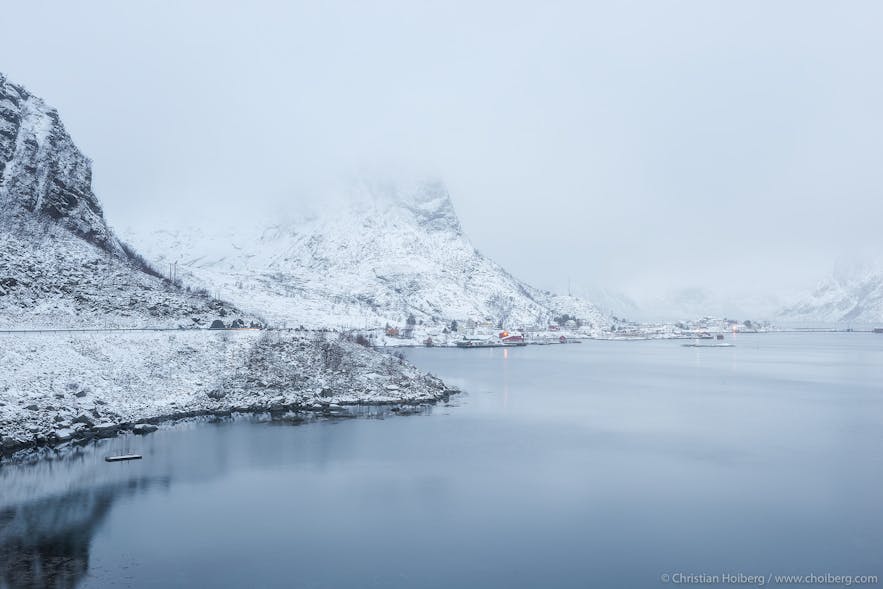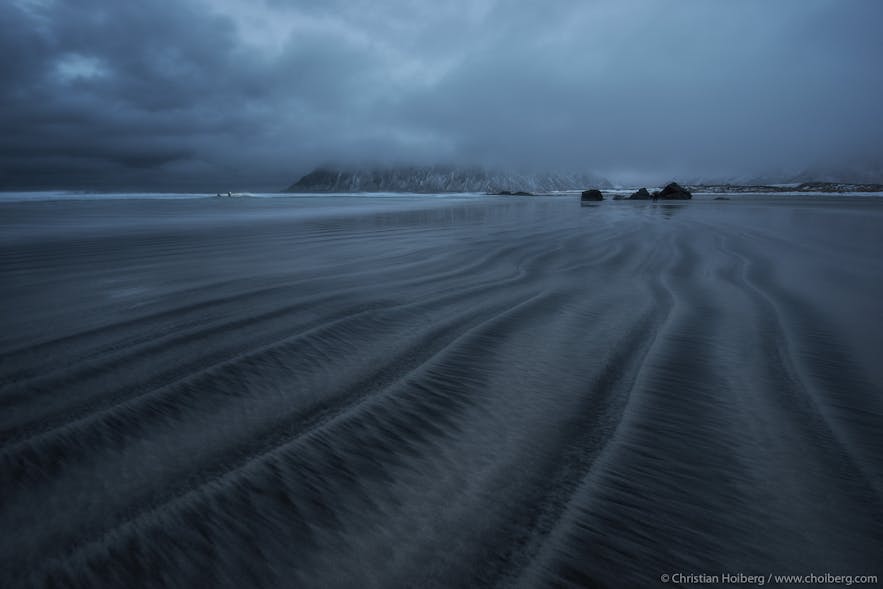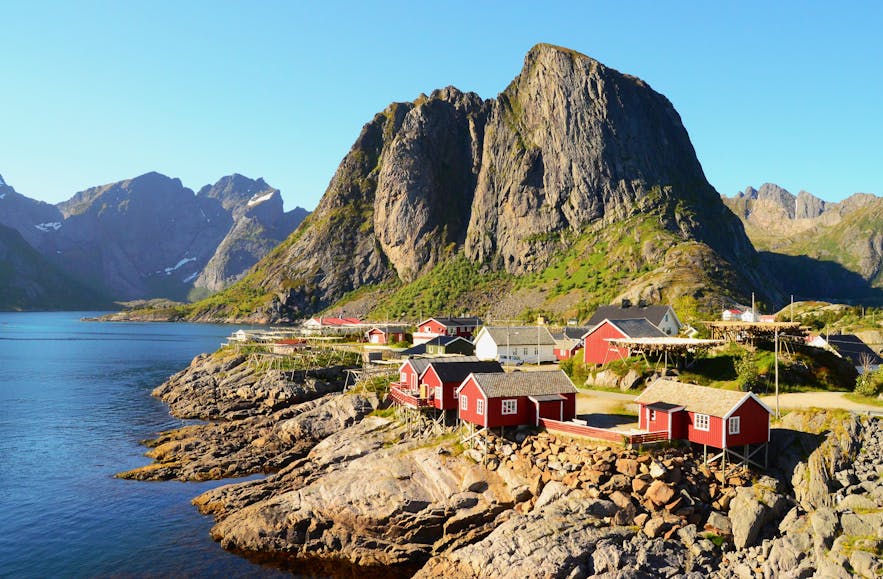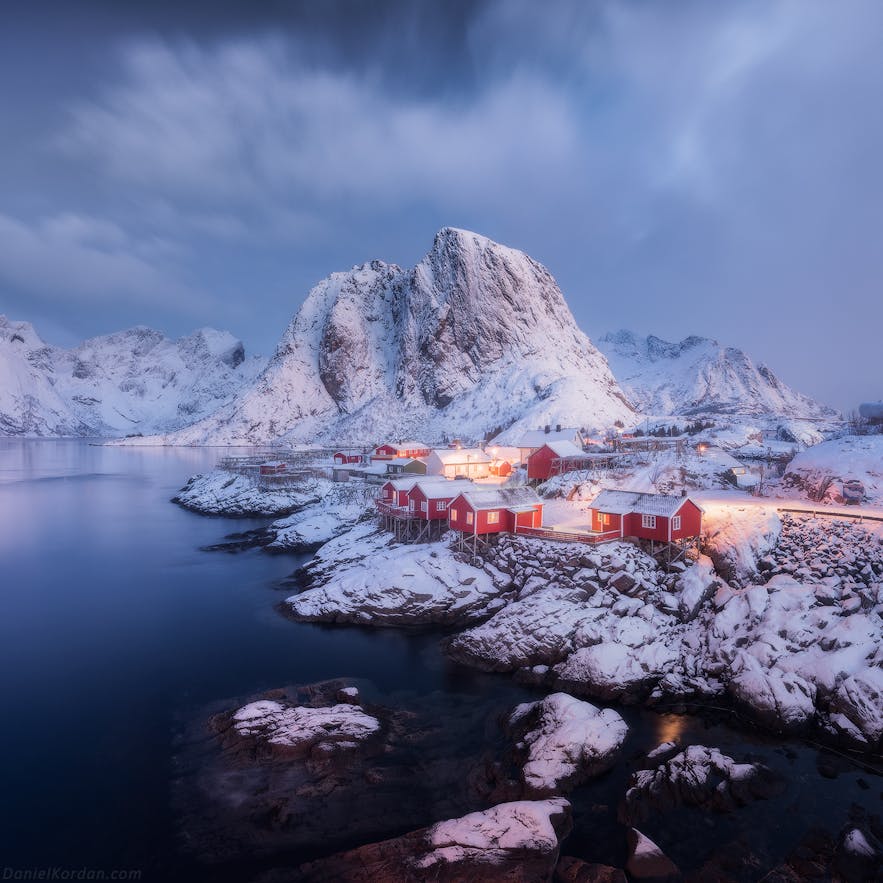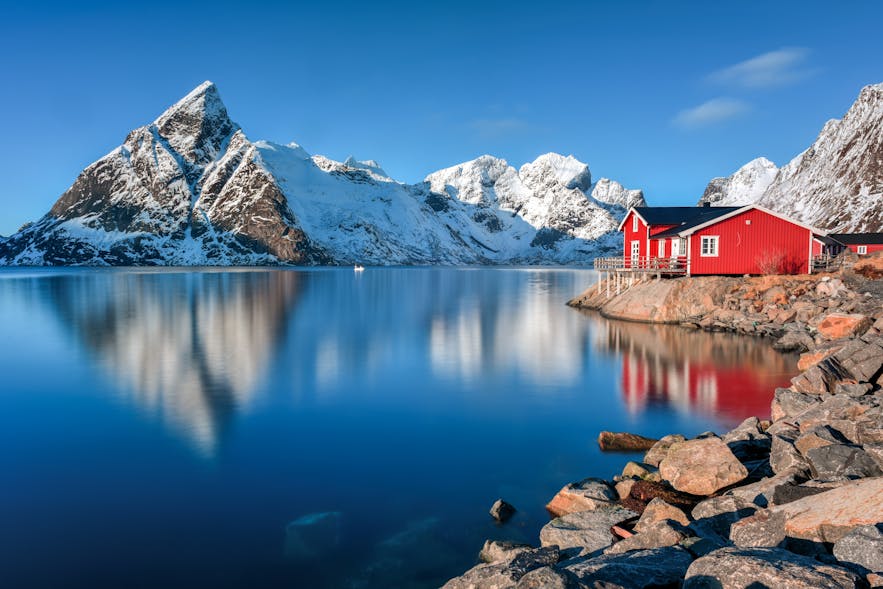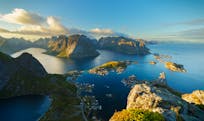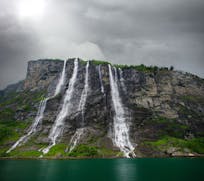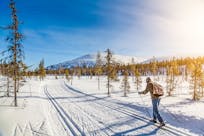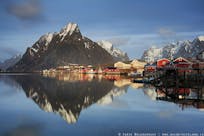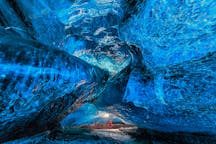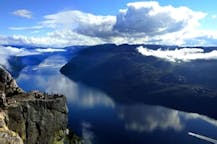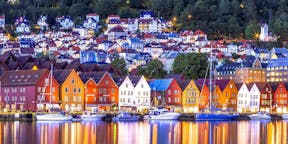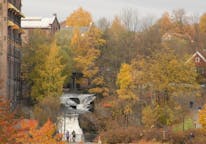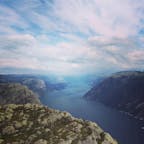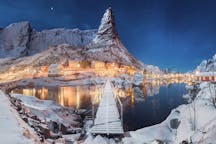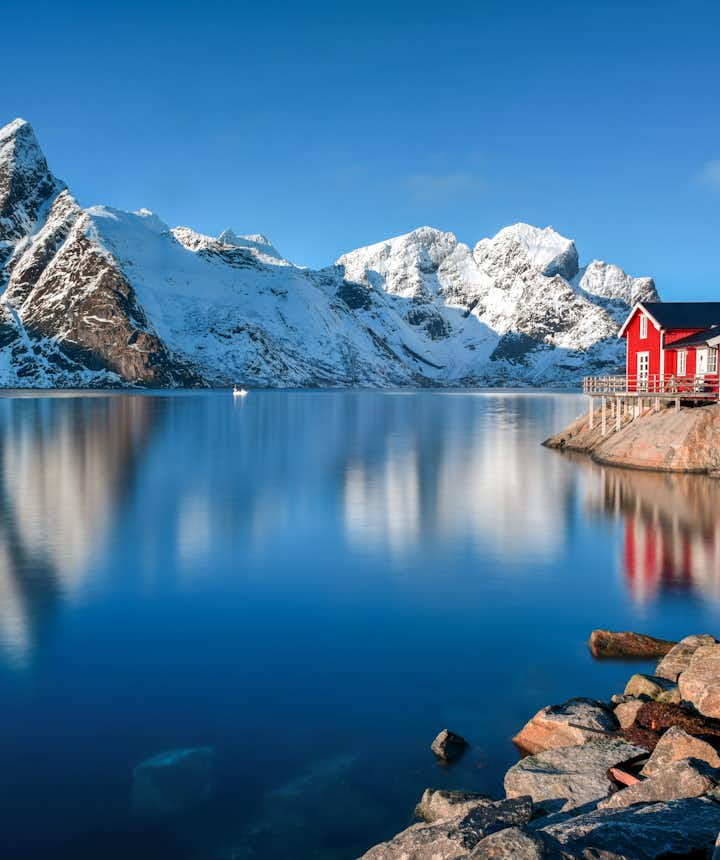
7 Things to Know Before Visiting Lofoten
Norway is by many considered one of the most beautiful countries in the world and the Lofoten Islands are its crown jewels.
The rugged mountains, narrow fjords, and scenic villages are only parts of what attracts millions of tourists to Arctic Norway every year.
Find Lofoten Tours & Packages on Norway Travel Guide
As with anywhere in the Arctic, there are several factors that can have an unexpected (and unwanted) impact on your travels.
So, before you get on the plane to witness the magical north for yourself, read through this article to be sure that you're prepared for your visit and come home with only good memories.
1. Know the seasons
The first thing to consider when planning a visit to Lofoten and Arctic Norway is what season you should visit during. Both the conditions and landscapes will change drastically throughout the year and even accessibility can be limited at the worst days of winter.
While summer is by far the most popular season to visit Lofoten more and more travelers choose to plan their visit outside these months. However, it's important to keep in mind how you pack and dress for the different seasons.
During winter you need to bring warm winter clothes and enough extra pairs of socks and long johns in case you get wet. Bringing warm clothes is also wise during both spring and autumn as the weather changes quickly. It's not uncommon that a sunny morning transforms into a stormy evening.
- Read more: Spring Time Adventures on the Lofoten Islands
- See also: Hiking Reinebringen | Information & Tips
- Also read: Outer Lofoten | Don't miss out on a summer night up north!
It's also important to keep in mind that roads can be challenging to drive on during winter if you're not used to driving on snow. Due to the common combination of snow and rain, the roads are often slippery and whiteouts can limit the visibility.
However, the roads are fine most of the time so this should not be what keeps you away from visiting Lofoten in the winter. If enjoy the outdoors and wish to do a lot of hiking, the summer months are the best option.
During summer you can reach most summits on the islands without having to worry about either snow or avalanches. If you're a more experienced hiker winter does offer some incredible views, just be sure that you bring (or rent) a pair of snowshoes.
2. Weather changes quickly
As mentioned briefly in the tip above, weather changes quickly on the Lofoten Islands. You can wake up with to the sun and not long after have breakfast looking out on sideways rain.
Because of this, you should always bring some extra clothes when going on a hike, regardless of the season. Even during summer, the weather can suddenly change and heavy rain takes over for the sun. So, make sure that you always have a rain jacket and some extra layers in your backpack.
3. Weather is very local
Another thing you'll notice when traveling through Lofoten is that the weather is very local. In fact, after driving for only a few minutes the weather might have changed a lot.
Even though the forecast isn't always correct, it does work as a good indicator. Check the forecast before leaving your accommodation in the morning to have an idea what lays ahead. That allows you to make last-minute changes to the plans and perhaps head towards another location instead to get some greater light.
4. Popular places can be crowded
With more than 1.000.000 visitors in 2016, Lofoten has grown to become a popular destination in Norway. As with any other place, the Lofoten Islands has a number of locations that are more popular than others.
- Read more: 15 Photos That Will Make You Want to Visit Northern Norway
- See also: Tips for Hiking in Norway
- See more: Why You Should Visit Norway During Winter
Beaches such as Uttakleiv, Kvalvika, and Unstad are often crowded during peak months. Even during low-season, these places are more popular and frequently visited by groups of tourists.
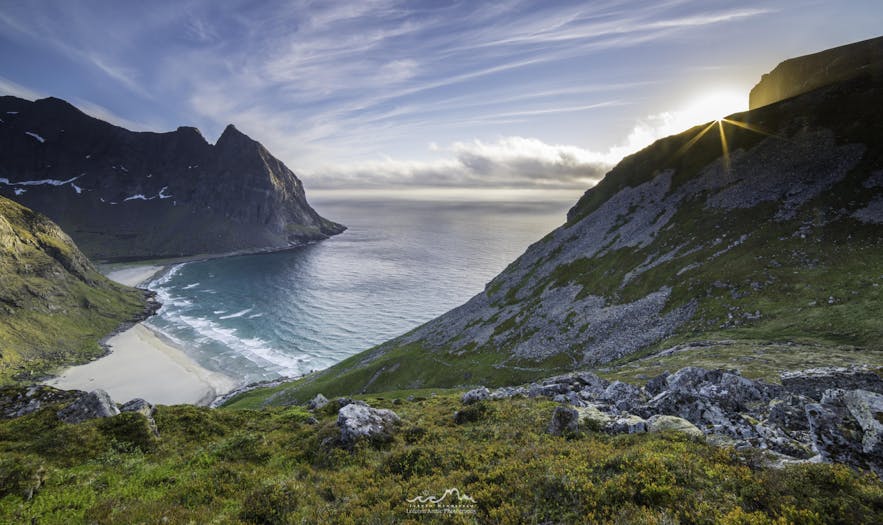
If you visit Lofoten with the intent of photographing these places, be sure to visit them during odd hours such as sunrise or sunset when there are fewer people.
5. Public transportation is not optimal
While there are buses running throughout Lofoten, the public transportation is not optimal. Visiting popular beaches or villages will often require multiple buses and at times a lot of waiting.
If you're not renting a car when visiting Lofoten, consider signing up for a tour that takes you to the most scenic destinations.
6. Visit small villages
Most likely you've seen pictures of the red cabins (called Rorbu in Norwegian) that are surrounded by a majestic landscape.
Many of these villages have become popular attractions that loads of people come to see every day. However, there are also many small villages along the coast that is less frequently visited that's worth checking out.
It's highly recommended to spend a day walking around villages and exploring some local culture, and trying some local seafood!
7. Roads are narrow
The last thing you should keep in mind when traveling to Lofoten is that the roads are narrow and windy. Even the main roads are narrow at times and they can be challenging to drive on during winter.
Book Your Trip on Norway Travel Guide
Don't let this scare you away, though. If you don't feel comfortable driving on such roads there are plenty of affordable tours that will pick you up at the airport as well.
Still, as mentioned earlier, the roads are completely fine to drive on throughout most of the year but some might need a little time getting used to it.
Other interesting articles
7 Amazing Hikes in Norway
Norway's extraordinary combination of majestic scenery and challenging terrain makes it perfect for hiking. From its picturesque southern fjords to the remote landscapes of the north, there is no s...Read moreNorway's Top Viking Experiences
There are plenty of lazy clichés about the Vikings. Yes, they may have been a little aggressive, spending much of their time drinking heavily, sacking innocent towns, stealing women from across Europe...Read moreA Guide to Svalbard
The huge expanse of the Svalbard archipelago is found over 800 km north of the Norwegian mainland, and is arguably one of the most inhospitable, yet somehow colonised, places on the planet. Over 60%...Read more


